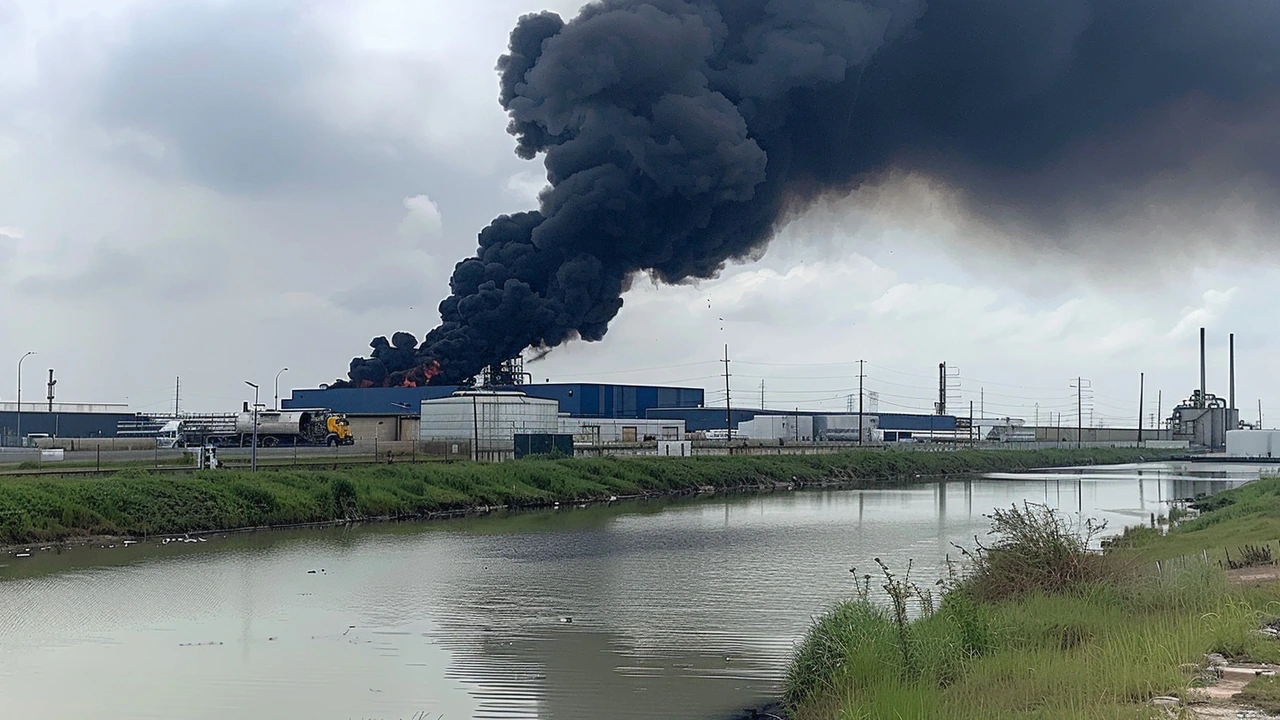Effluent Treatment Plant Basics: How They Work and Why They Matter
If your factory or farm releases water that looks dirty, you probably need an effluent treatment plant. It’s a set of machines that takes that water, removes harmful stuff, and lets you reuse it or release it safely. The idea is simple: keep the environment clean and avoid fines. In this guide we’ll break down what a plant does, the parts you’ll see, and how to get one up and running.
Key Components of an Effluent Treatment Plant
First up, the pretreatment tank. This is where big solids like sand, oil, or plant material settle out. Think of it as a giant filter that catches the biggest junk before the water moves on.
Next, the primary clarifier. Here the water slows down so tiny particles can settle at the bottom. The sludge that forms is usually pumped out for further processing.
After that, you’ll find the biological reactor. This is the heart of the plant – good bacteria eat the dissolved organic matter. The process is called aerobic treatment because it needs air, so you’ll see blowers or diffusers adding oxygen.
Finally, the polishing stage. It can be a sand filter, activated carbon, or a membrane system that catches any remaining contaminants. Some plants add a disinfection step, like UV light, to kill bacteria before the water leaves the site.
Steps to Choose and Install a Plant
Step one: know your waste. Test the effluent for pH, temperature, suspended solids, and chemical contaminants. The test results tell you what treatment level you need.
Step two: pick a size. A small farm might need a compact modular unit, while a large factory may require a custom‑built system with multiple reactors. Size the plant so it can handle peak flow, not just average flow.
Step three: check regulations. Local environmental agencies often set limits on what you can discharge. Make sure the plant you choose meets those limits – it will save you headaches later.
Step four: get a reliable supplier. Look for a company that offers design, installation, and after‑sales service. A good supplier will train your staff on operation and maintenance.
Step five: plan the installation. Clear a level area, make sure you have power and drainage connections, and allow space for future upgrades. Most plants can be assembled in a few weeks if the site is ready.
Step six: start up and fine‑tune. Run the plant with water at normal flow, monitor key parameters like dissolved oxygen and effluent quality, and adjust aeration or chemical dosing as needed.
Step seven: keep it running. Regular checks on pumps, blowers, and filters keep downtime low. Schedule sludge removal and filter cleaning every few weeks – it’s cheaper than fixing a broken system.
By following these steps you’ll have a working effluent treatment plant that protects the environment, avoids penalties, and can even save money by reusing water. Remember, the plant is only as good as the people who run it, so train your team well and keep an eye on performance data.
So, whether you’re handling a small dairy operation or a massive mining site, an effluent treatment plant is a practical solution. It turns dirty water into a resource you can safely release or reuse, keeping your business compliant and the planet healthier.
Fire Contained at Dangote Refinery's Effluent Treatment Plant Without Injuries
On June 26th, a fire erupted at the effluent treatment plant of Dangote's petroleum refinery. The fire was quickly controlled, according to Anthony Chiejina, the Chief Corporate Communication Officer. There were no injuries, and the refinery operations remain unaffected.
View More





